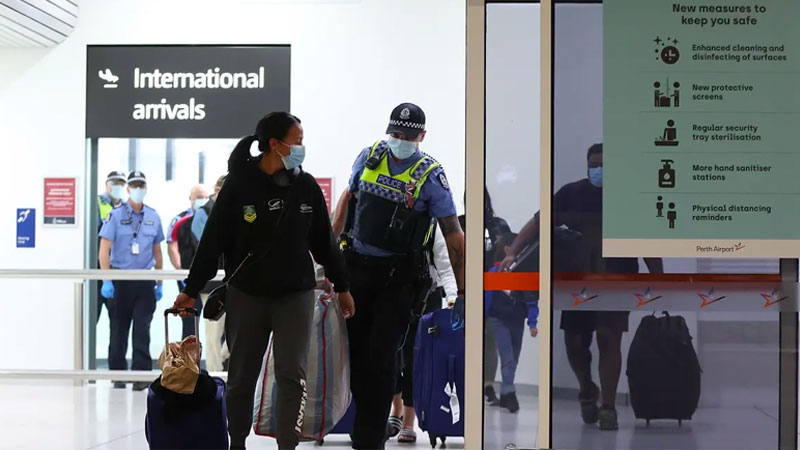 Vietnamese
Vietnamese
House Prices Keep Ticking Despite Slow Population Growth
House prices are still expected to rise by 20 per cent by the end of 2022 despite a dramatic tail off in population growth.

According to recent data from the Australian Bureau of Statistics, Australia’s population lifted by 136,300 people in 2020 to 25.7 million—the slowest rate of growth since 1916 when the country de-populated due to World War I.
Net overseas migration totalled 3300 people over the year to December—the lowest intake of net overseas arrivals since at least March 1982.
Net overseas migration accounted for 2.4 per cent of last year’s annual population growth with 243,500 overseas arrivals and 240,200 departures.
Natural increase accounted for the remaining 97.6 per cent with 294,400 births—the fewest in 13 years—and 161,400 deaths, a decrease of 4.5 per cent from the previous year.
Annual population change by state and territory
.png)
Property Council of Australia chief executive Ken Morrison said that the issue of reduced population growth would continue to be the biggest constraint on Australia’s economy.^Source: Australian Bureau of Statistics
“Reduced population growth should be the cause of great concern for all governments as it will quickly become a handbrake on our national and state economies,” Morrison said.
“If safe immigration is not resumed until well into 2022, Australia risks losing ground to our competitors as students and high value workers take other opportunities.”
House prices have continued to gather momentum, up more than 2 per cent in May and more than 10 per cent since the pandemic hit.
The median dwelling value in May was $970,355 in Sydney, $746,573 in Canberra, $740,562 in Melbourne, $574,572 in Brisbane, $574,543 in Hobart, $521,688 in Perth, $500,881 in Adelaide and $478,072 in Darwin.
Despite this, CommSec senior economist Ryan Felsman said an extended period of international border closures was likely to constrain the economy further, particularly the labour and housing markets, given Australia’s ageing population.
“Of course, countries with higher Covid-19 vaccination rates could re-open their borders more quickly, attracting international tourists, students and highly skilled workers,” Felsman said.

Prior to the pandemic Sydney and Melbourne both experienced healthy rates of net interstate and net overseas migration consequently bolstering median prices in both cities.
Commonwealth Bank forecast in February property prices would rise by 8 per cent in 2021 and 6 per cent in 2022, while Westpac revised its property price forecasts in April, tipping values to rise 15 per cent in 2021.
Commonwealth Bank chief economist Stephen Halmarick said boosting housing supply would be much more effective than first home buyer grants and stamp duty concessions, which drive up prices.
“While the population growth rate is down, [we have] the opportunity to really accelerate the construction of new residential property in Australia because when the borders do reopen we’re going to have more demand,” Halmarick said.
AMP Capital chief economist Shane Oliver said the market was likely to correct from 2023 as issues including affordability, tighter lending standards, slow population growth and a lift in fixed interest rates started to curb prices growth.
According to the federal budget papers, population growth is forecast to be around 0.1 per cent in 2020-21 down from 1.2 per cent in 2019-20, 0.2 per cent in 2021-22 and 0.8 per cent in 2022-23.
Australia’s population will be about 25.88 million by the end of 2022, down more than 1 million from the 26.98 million forecast in the 2019-20 budget.
South Australia is expected to lose 27,000, the ACT 20,000, the Northern Territory 13,000 and Western Australia and Tasmania by 8000 respectively.
NSW and Victoria will be the hardest-hit states, losing 480,000 and 415,000 residents respectively, followed by Queensland losing 126,000 people.
By TED TABETFRI

